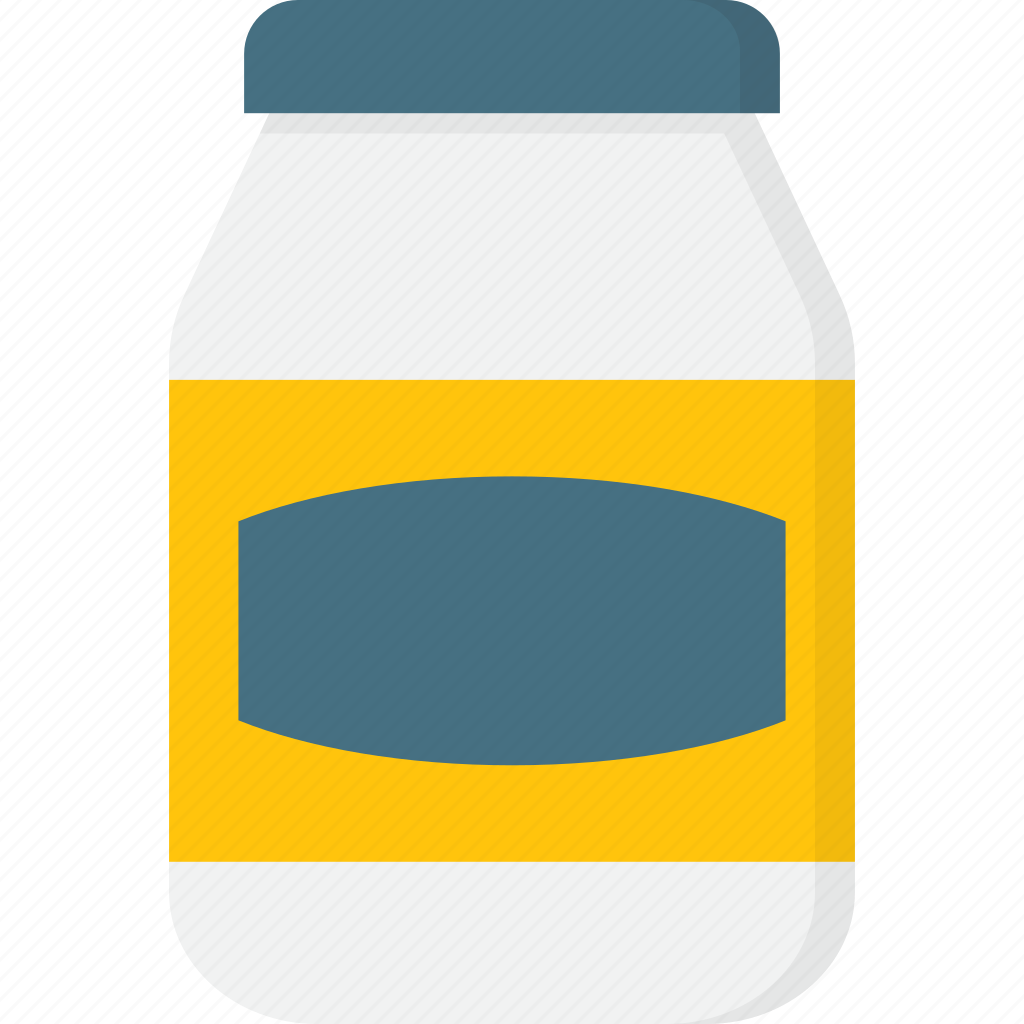Are there any fields, where USB A surpasses USB C, or is C an absolute upgrade?
Soldering. A USB-a connector has 4 pins and a few holes for chassis.
A USB-c connector has 24 pins in a smaller space, plus a few for chassis. Having hand soldered each, A is better.
I had a project that used usb-c along with the appropriate resistors for usb-PD and while soldering the resistors would have been doable, for the port I caved in and got it assembled for me.
Amphenol has a through-hole, MUSBRM5C130, that isn’t bad at all to solder, but it’s not cheap at all. Assembly might be cheaper. (Panel mount)
My entire project was smaller than that panel mount connector since my project was adding usb-c to my 3DS. Every millimeter counted.
USB-C is clearly superior. You can plug them in either way
With USB-A it always takes three tries to get it plugged in.
Minimum three, if you happen to get it right the first time.
I know the whole USB-A super-state thing is a meme at this point, but you can easily plug in cables first try with these two points:
- USB cables tend to have a logo on the upwards facing part.
- If you know/can visualise how the PCB is mounted, you can identify which was is up on the port.
That being said, USB-C is definitely more convenient overall - but I do wish the cables were male and ports female (think Lightning), so that the most fragile part of the connector was on the cable and not the device. Because when that breaks, it’s easier to get a new cable than re-solder a port.
I do wish the cables were male and ports female (think Lightning)
There’s a reason 99% of barrel connectors have power on the inside. I’d be nervous too fry a USB port or charger with the live end of a cable with power exposed.
Apparently lightning cables have an authentication chip in them, because of course they do. I’m guessing this chip also protects against short circuits between power and the other lines. I don’t think the USB implementers forum would like to add that kind of over-engineering to their specification.
I’ve only physically broken one USB-C receptacle, and in that instance the whole port got ripped off the circuitboard.
The slim side of a USB-A is always ‘up’. That’s the convention. For monitors ‘up’ is usually the side not facing you.
USB C is harder to plug in than A when I can’t see the port. If A was reversable I would prefer it on desktop computers.
If you can see the connector you’ll get it right every time, they have an orientation you can easily see. Sometimes the port hidden though.
A is simple; you can hand solder a connector, and get basic 5V power out of a port with no circuitry at all, so it’s nice for DIY things and tinkering.
A or C is a connector type. There’s different versions with different speeds.
https://www.techadvisor.com/article/742967/usb-speeds-types-and-features-explained.html
Yes, the question is obviously about the connector type.
My experience with C:
It’s not as robust as claimed. I’ve had 4x as many C connectors fail as even Micro USB (and I’ve had 10x as many micro devices/cables as C).
Which is really disappointing, as C is just nicer in general - not having to try 3 or 4 times is such a better design. I’m still confused as to why A, Mini, Micro didn’t have a dot to indicate “this way up” on both cable and device as part of the standard. I added one to everything with either a sharpie or a paint pen.
So yea, robustness - A/B are just more robust in my experience.
For me USB-c is way more reliable but I am only using it for phones and powerbanks
A does have a marker to indicate ‘this way up’ if you look at the end of the connectors the piece of plastic lets you know which way to insert it.
I’ve even found A mini and micro to be more robust than C
For charging and multi-port hubs C. For single device data ports I prefer A. For low power applications I prefer A. I actually prefer everything about A except all the things it can’t do that C can.
deleted by creator




